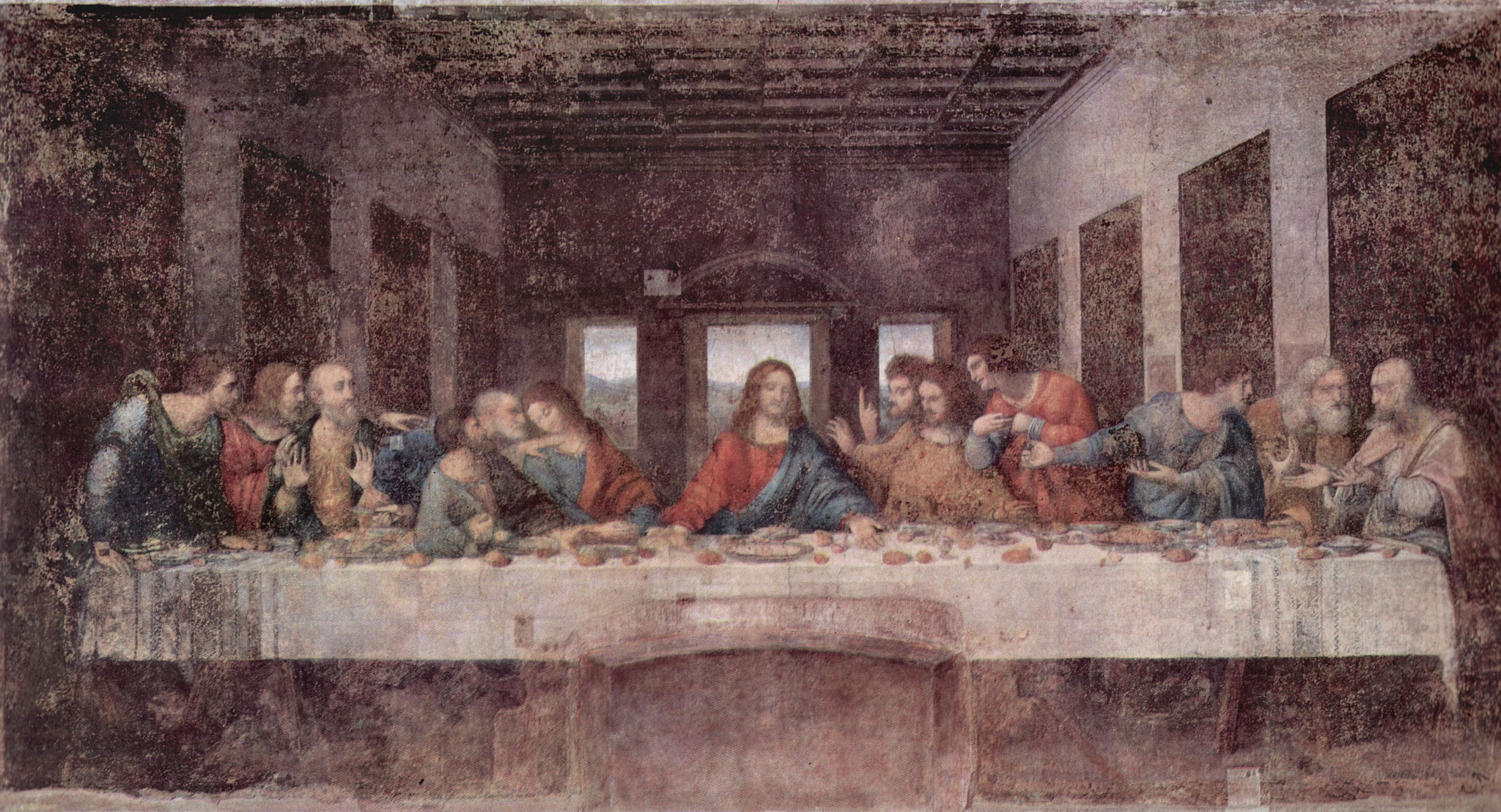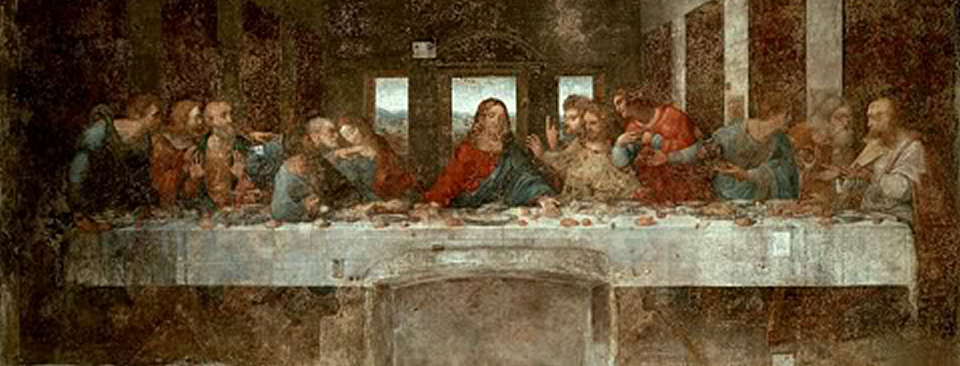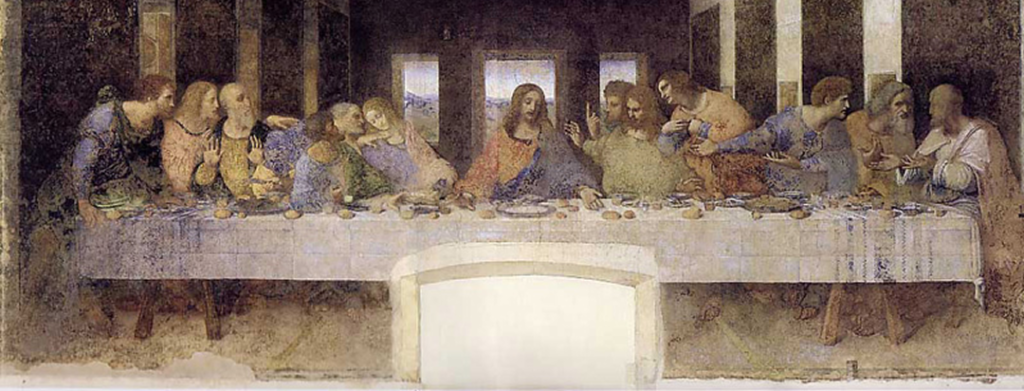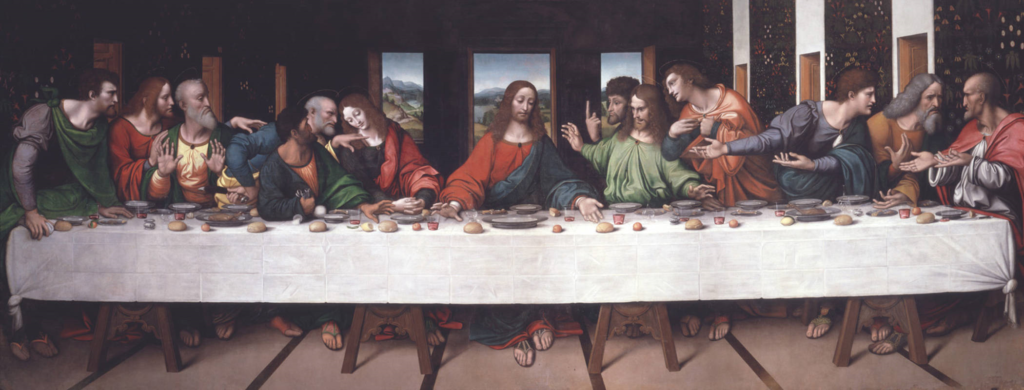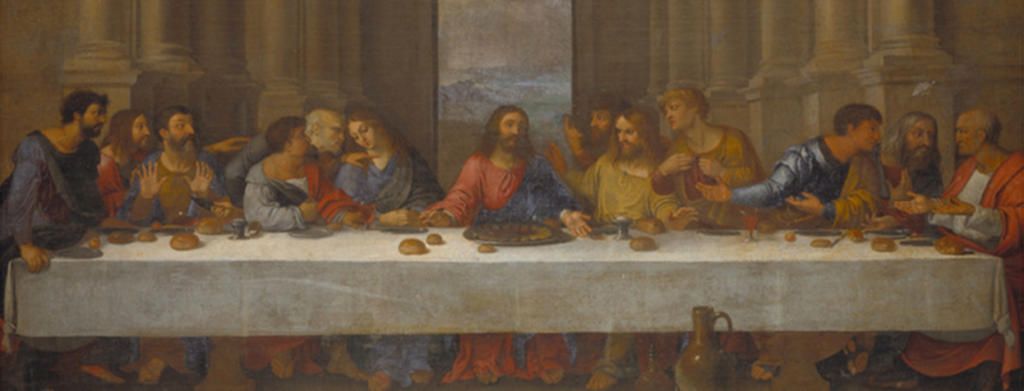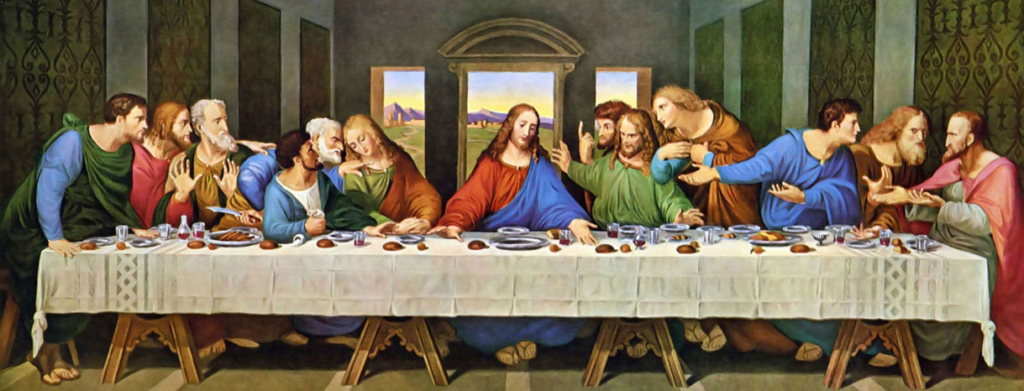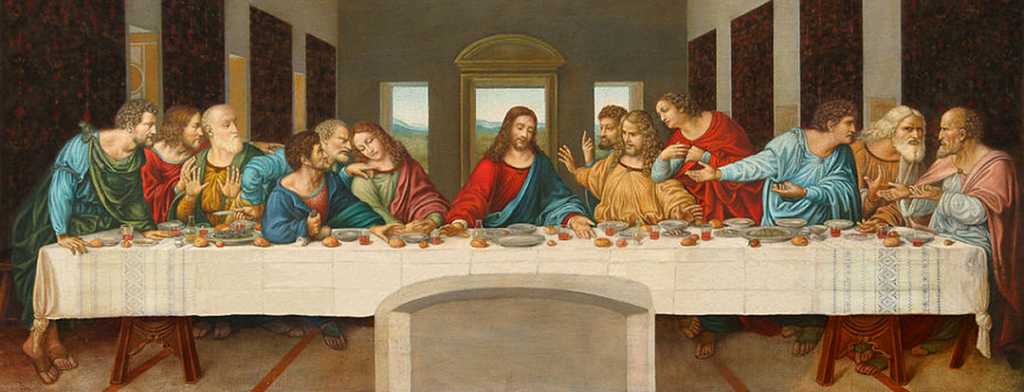THE PAINTER AND THE CARPENTER
Leonardo’s Life-Sized Portrait of Jesus
Leonardo da Vinci and Jesus of Nazareth; born outside of marriage to a young woman in a patriarchal community. Both grew up to be nonconformists who saw beyond their ages and conventions. Both lived under the rule of the Roman Empire: Jesus between the conquest of Pompey in 63BCE and the failed Judean revolt of 70CE. Leonardo lived as the Papal States captured the Italian peninsula under the ruthless army of Cesare Borgia, eventually threatening Florence with invasion.
Leonardo and Jesus had pity for the oppressed people and both challenged their leaders’ lip service to piety. Both said they awoke to find everyone around them asleep. One urged those who have ears to hear. He spoke in parables. The other spoke of those who looked but did not see. He painted in symbols. Jesus said we should look beyond appearance to make better judgement (John 7:24); it might be Leonardo’s motto and what you will take from this biography.
The first biographer of Leonardo described him as “more a philosopher than a Christian.” Today he is known as an unbeliever – but did he believe in nothing? And what did Jesus believe? It is easy to forget that Jesus was a monotheist who lived before Paul “reverse-engineered” Christianity and coined the term. And as we shall see, clearly, Leonardo painted a Last Supper that is pre-Christian and anti-Church.
Christians claim the faith was started by Jesus. But was Christianity initiated at the last supper? We may never know. But Leonardo was said to know more than anyone else. And he did not paint Jesus instructing the disciples or initiating the Eucharist. We “see” it in our mind’s eye, but it is not there.
In recent years “Da Vinci” has been linked to an unspeakable secret knowledge, as yet unspecified and unproven. A torrent of speculation has discredited the subject. But as we shall see, Leonardo did belong to a circle of speculative freethinkers. They accessed books banned in Europe but taken into Florence from the Islamic Middle East by Cosimo de’ Medici. By unravelling the scenes in the Last Supper this book shows that the painter knew more about Jesus than the pastors.
Three editions have been planned:
Seeing the Last Supper for the First Time
The author’s pocket book introduction to The Painter and the Carpenter. For the reader in a hurry, a two-hour read which outlines the argument of the book.
The Painter and the Carpenter
Exposes the secret societies of Florence in the 15th century and the hidden lives of Leonardo. Unravels the hidden message of the Last Supper into 12 scenes depicting the drift of the Church from the teaching of Jesus. Provides proof that the religious authorities erased heresy by irrigating the wall, scraping offending images, and repainting others.
The Painter and the Carpenter – Illustrated Edition
Expanded book with sources and photographic plates. Presented in the context of the convictions of anti-clerical painters and stone masons down the centuries who expressed the deep secret suppressed by the Church. From Boticelli to Jean Cocteau, they believed in James, not Jesus, as the son of Joseph in the line of the Davidic kings.
And a sequel is at an advanced stage:
The Last King of the Jews
The gospel genealogies, infancy stories, the Koran, Talmud, Roman Chronicles and writings of the Church founders from Irenaeus onwards all identify James, not Jesus, as the eldest son and heir of Joseph in the line and House of Davidic kings. For this reason, James is painted in Leonardo’s Last Supper in the posture of the crucifixion. His bound feet were erased in 1652.
The Painter and the Carpenter is a book of immense impact and global success. Based on target readership, sales estimates exceed ten million copies in a five-year plan.
